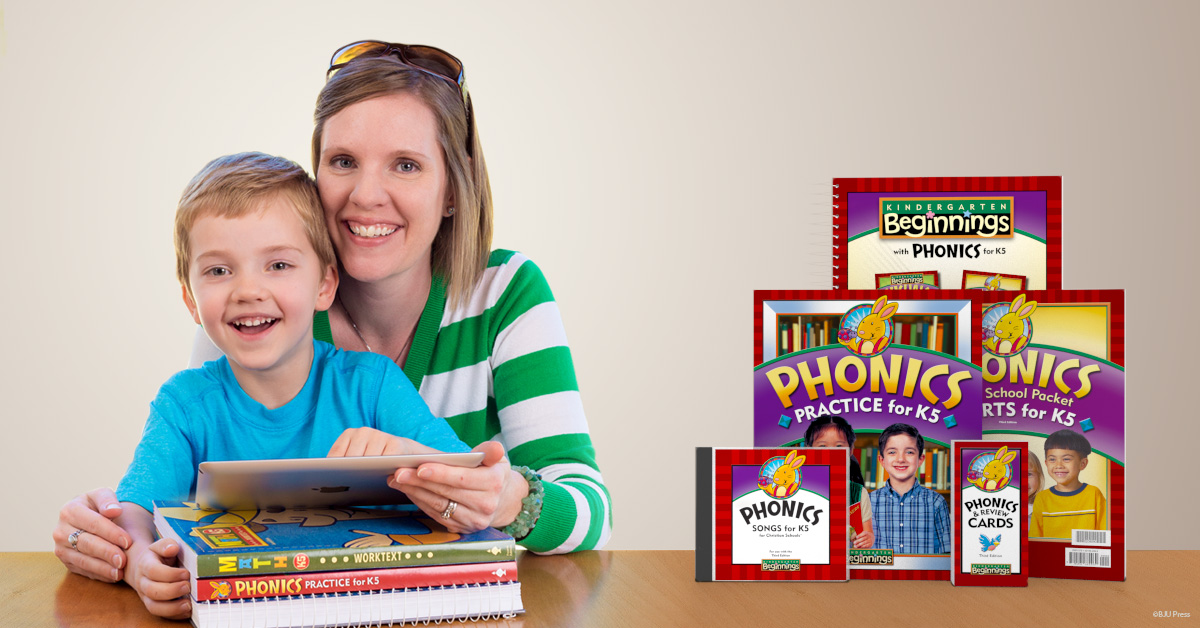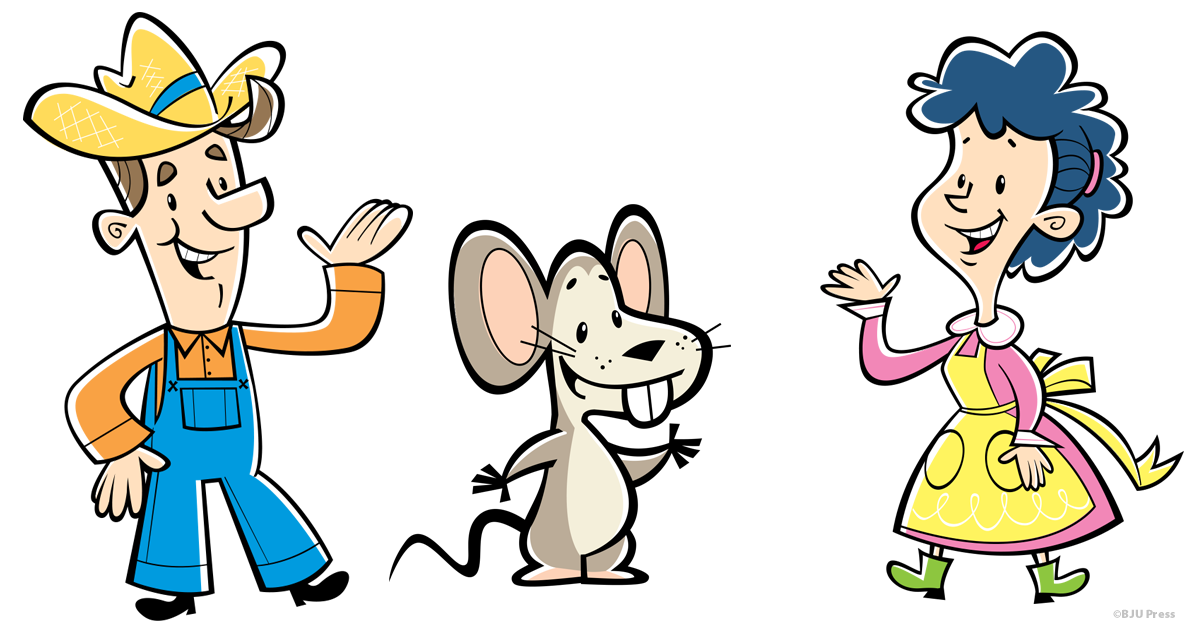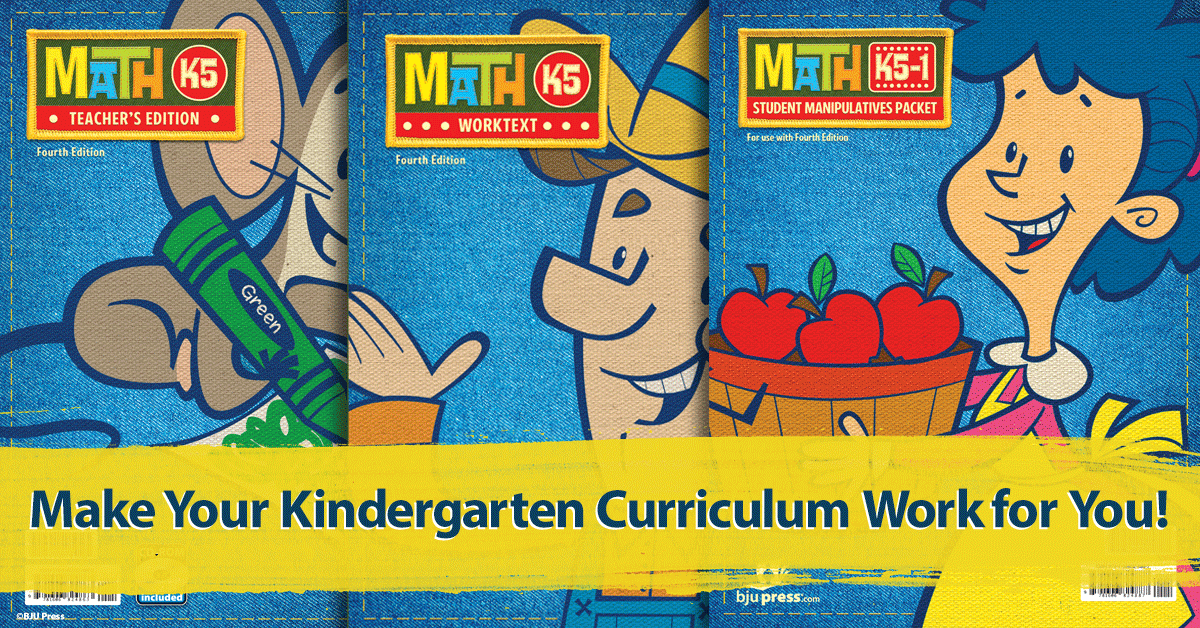
As thunder roars and lightning flashes, seven children huddle around Maria. In a strange new place, she must comfort these frightened kids, ranging in age from preschooler to teenager. She rises to the occasion with one of The Sound of Music‘s best-known songs, “My Favorite Things.” Maybe you or someone you know is having a “Maria moment”—a time when you need a bit of encouragement in the form of a favorite thing. Here are some of my favorite things to give my fellow moms!
#1: A Piece of Chocolate
Whether it comes in neat squares or gooey bars, chocolate is one of God’s greatest gifts to woman. Studies show that dark chocolate actually increases blood flow to the brain, enhancing your mood through endorphins and improving your reaction time and problem-solving abilities.
#2: A Part of Nature
Gather an armful of blooms from your backyard or fill vases with green boughs collected from a nearby forest. Just looking at God’s beautiful creation and breathing in its freshness may be enough to lift someone’s spirits.
#3: A Pocketful of Change
A little spending money is a lovely gift for a homeschool mom who spends all her resources on her children. Is a woman you know struggling to keep her head above the homeschool waters? Hand her a gift card to her favorite store or coffee shop, and watch her eyes light up.
#4: Playthings for the Kids
Sometimes, all a homeschool mom wants is a few minutes of quiet time. Put together a bag of inexpensive items like puzzles, glow sticks, books, and playdough and deliver it to a homeschooling family you know. While the children dive into the delights of the bag, the mom enjoys the gift of ten to fifteen minutes all to herself.
#5: A Pampering Kit
Few homeschool moms have the time to hit the spa. One of my favorite gifts to receive or to pass along is a personal spa kit. You can put all kinds of delights into a basket—nail polish, a nail file, softening cream for calluses, a homemade foot scrub, bath soak, essential oils, or soft slippers.
With a few dollars and a little thoughtfulness, you can help another mom weather one of life’s storms.
What would you add to this list of favorite things? Tell me in a comment.
• • • • •
Rebecca is a work-at-home freelance writer, novelist, wife, and the mom of two bright-eyed little ones. She credits her success in writing and her love of books to her own mom, who homeschooled three kids from pre-K through high school.




